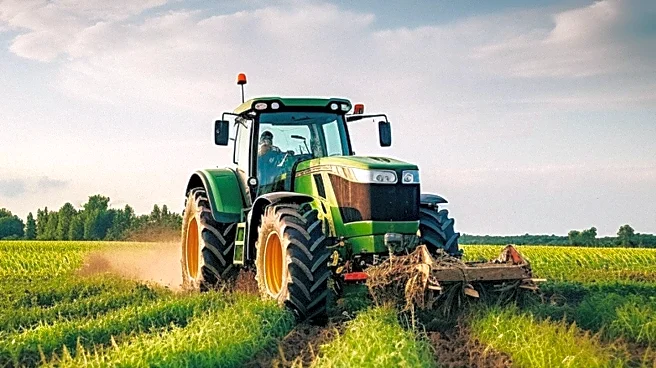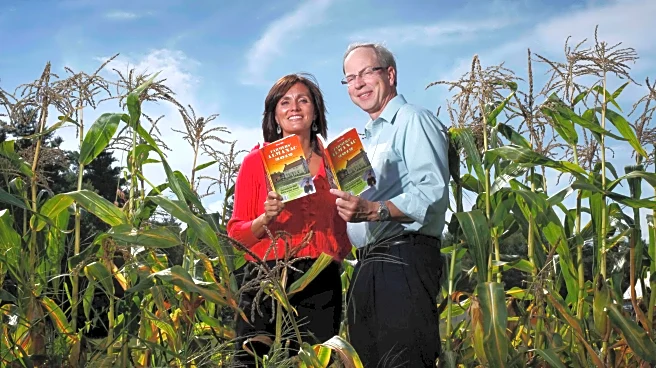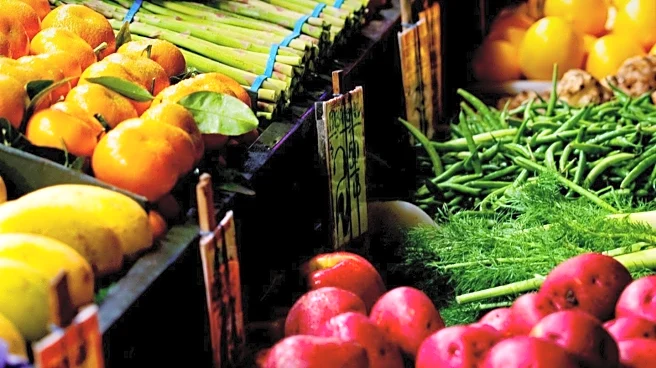What's Happening?
The Farmers' Almanac, a staple in American agriculture and weather forecasting since 1818, is ceasing publication after its 2026 edition. Founded by David Young, the almanac has provided weather predictions, astronomical charts, and practical advice for over
two centuries. The decision to end its publication was announced by editors Sandi Duncan and Peter Geiger, citing financial challenges in the current media landscape. The almanac has been a trusted resource not only for farmers but also for the general public, offering insights into weather patterns and gardening tips. Despite its closure, the almanac's website will remain accessible until December, allowing users to access its historical content.
Why It's Important?
The cessation of the Farmers' Almanac marks the end of an era in American agriculture and weather forecasting. For over 200 years, it has been a reliable source of information for farmers, gardeners, and enthusiasts, providing long-term weather forecasts and practical advice. Its closure reflects broader challenges faced by traditional print media in adapting to digital transformations and financial pressures. The almanac's historical significance is underscored by its use in legal cases, such as Abraham Lincoln's defense strategy in 1857. The end of its publication may impact those who rely on its forecasts and advice, highlighting the shift towards digital and real-time weather information.
What's Next?
With the Farmers' Almanac ending its publication, stakeholders in agriculture and weather forecasting may seek alternative sources for long-term predictions and advice. The Old Farmer's Almanac, a competitor, has stated it will continue its operations, potentially absorbing some of the Farmers' Almanac's audience. The transition may prompt discussions on the preservation of historical publications and their adaptation to modern media environments. Additionally, the closure may influence how agricultural communities access and utilize weather data, possibly increasing reliance on digital platforms and real-time forecasting technologies.
Beyond the Headlines
The closure of the Farmers' Almanac raises questions about the sustainability of traditional print media in the digital age. It highlights the cultural and historical value of such publications, which have served as more than just informational resources but as cultural artifacts. The almanac's legacy, including its role in historical events and its contribution to American folklore, will continue to be remembered. This development may also spark interest in preserving other historical publications and exploring ways to integrate their content into digital formats, ensuring their continued relevance and accessibility.















